A beautifully colorful flower garden is one of the most inviting sights in any outdoor space. Whether you’re creating a serene backyard retreat or a lively front yard showstopper, the secret lies in how you mix and match your plant colors. Color in the garden isn’t just about what looks good individually — it’s about how hues interact, contrast, and complement each other to create visual harmony.
If you’ve ever found yourself wondering how to get those dreamy, magazine-worthy color combinations in your flower beds, this article is for you! Below, we’ll break down 10 essential tips for mixing colors in a flower garden so you can turn your outdoor space into a personal masterpiece.
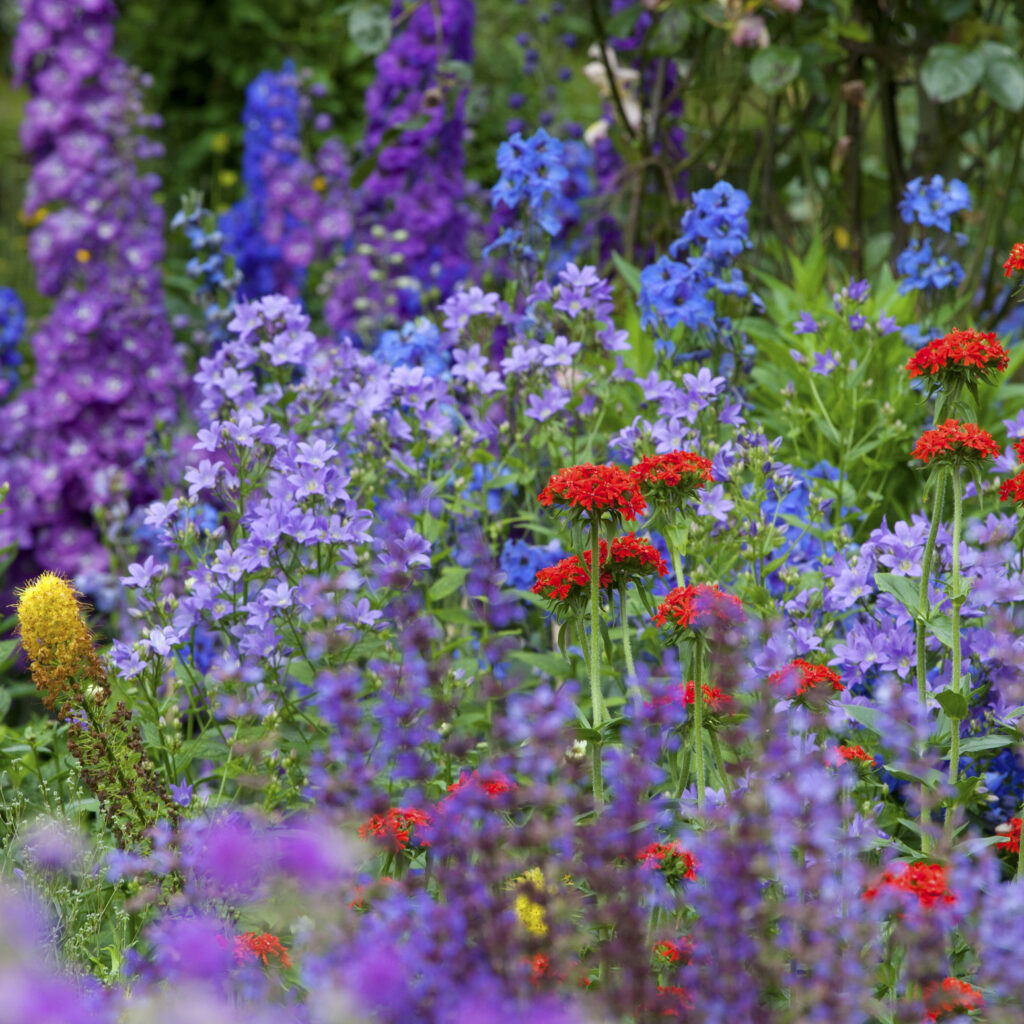
1. Understand the Color Wheel Basics
Before diving into your garden plan, it’s helpful to understand the color wheel. This simple tool organizes colors by their relationships and is widely used in art, fashion, and interior design — and yes, gardening too!
- Complementary Colors: Colors opposite each other on the wheel (like purple and yellow, blue and orange) create bold, vibrant contrast when paired together.
- Analogous Colors: Colors next to each other (like red, orange, and yellow) provide a harmonious, soothing effect.
- Triadic Colors: Colors evenly spaced on the wheel (like red, yellow, and blue) produce a balanced, dynamic look.
Tip: Grab a printable color wheel or garden color palette chart — it’ll become your new favorite planning tool.

2. Choose a Focal Color
Every great garden design needs an anchor or focal color that ties the entire space together. This dominant hue can be your favorite flower shade or one that complements your house exterior.
For example:
- A predominantly lavender garden accented with pinks and whites evokes calmness.
- A bold, red-centered flower bed with yellow and orange highlights brings energy and drama.
Once you choose your focal color, use it in abundance and complement it with two to three secondary hues.
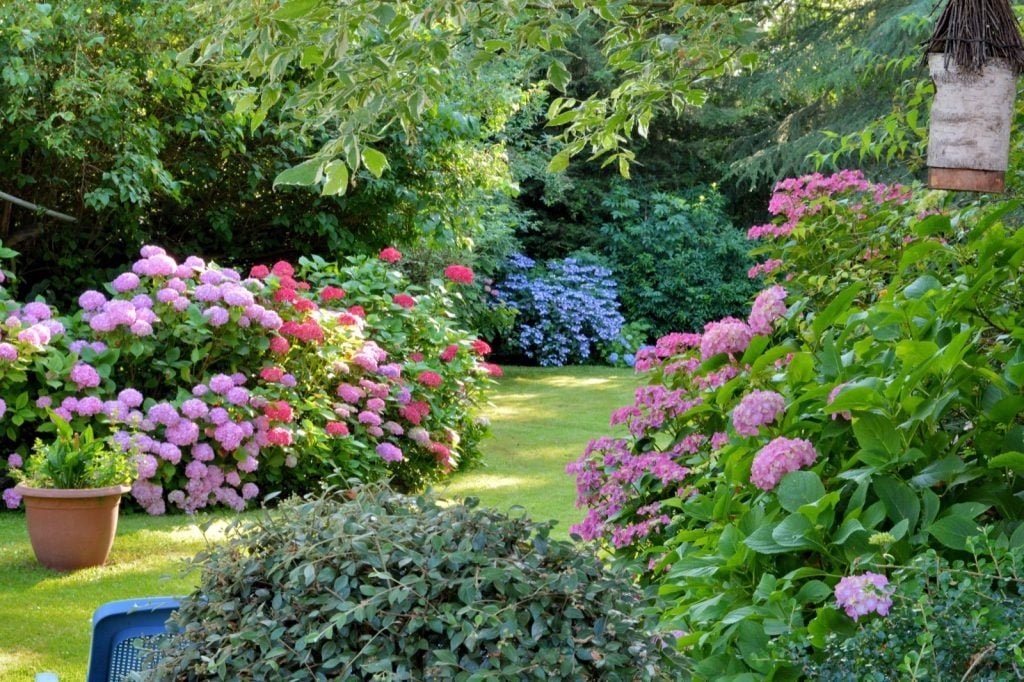
3. Play with Warm and Cool Tones
Colors are often categorized into warm (reds, oranges, yellows) and cool (blues, purples, greens) tones. Mixing these thoughtfully can set the mood of your garden.
- Warm colors advance visually, making areas appear closer and more lively.
- Cool colors recede, creating a tranquil, spacious feel.
Design Idea: Place warm colors in the front of your beds to draw attention and cooler tones toward the back for depth and dimension.
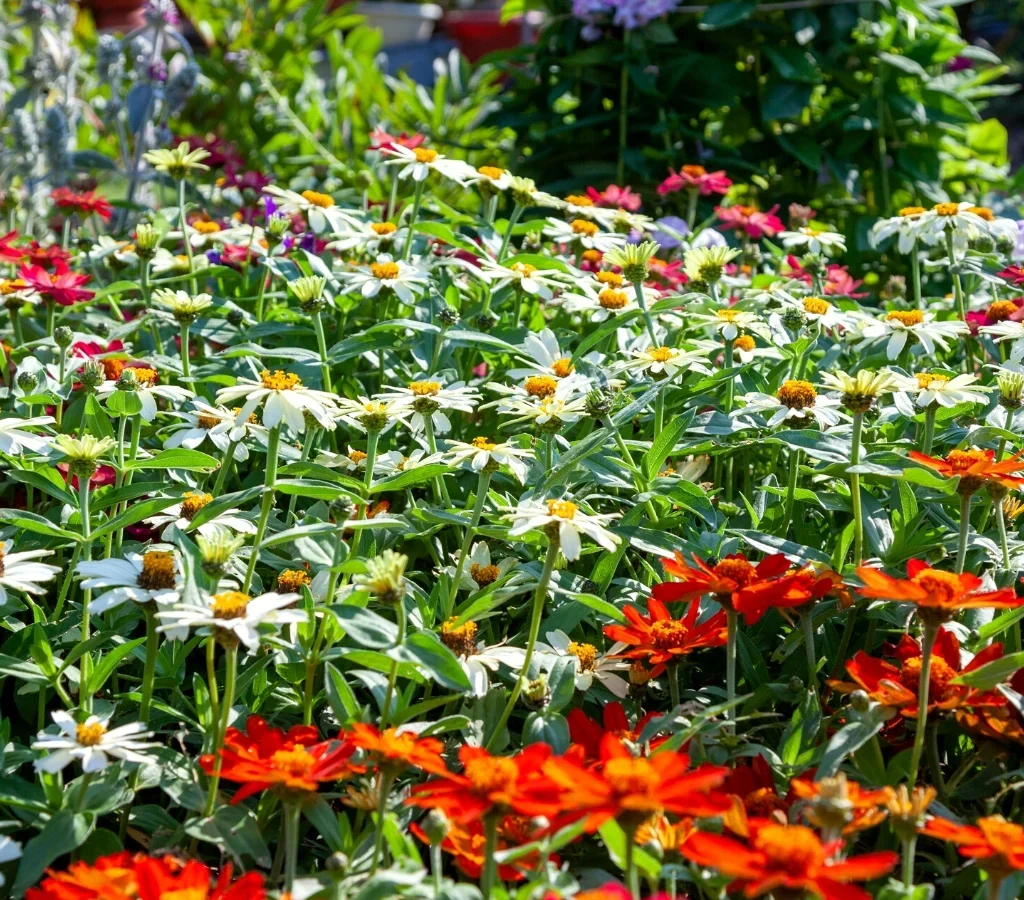
4. Consider Blooming Seasons
A stunning color combination won’t be much use if everything blooms at different times. Mix annuals and perennials with overlapping bloom times to maintain continuous color throughout the seasons.
Early Spring: Tulips, Daffodils, Pansies
Summer: Coneflowers, Black-Eyed Susans, Marigolds
Fall: Chrysanthemums, Sedums, Asters
By layering flowering times, your garden stays colorful and balanced from early spring to late fall.
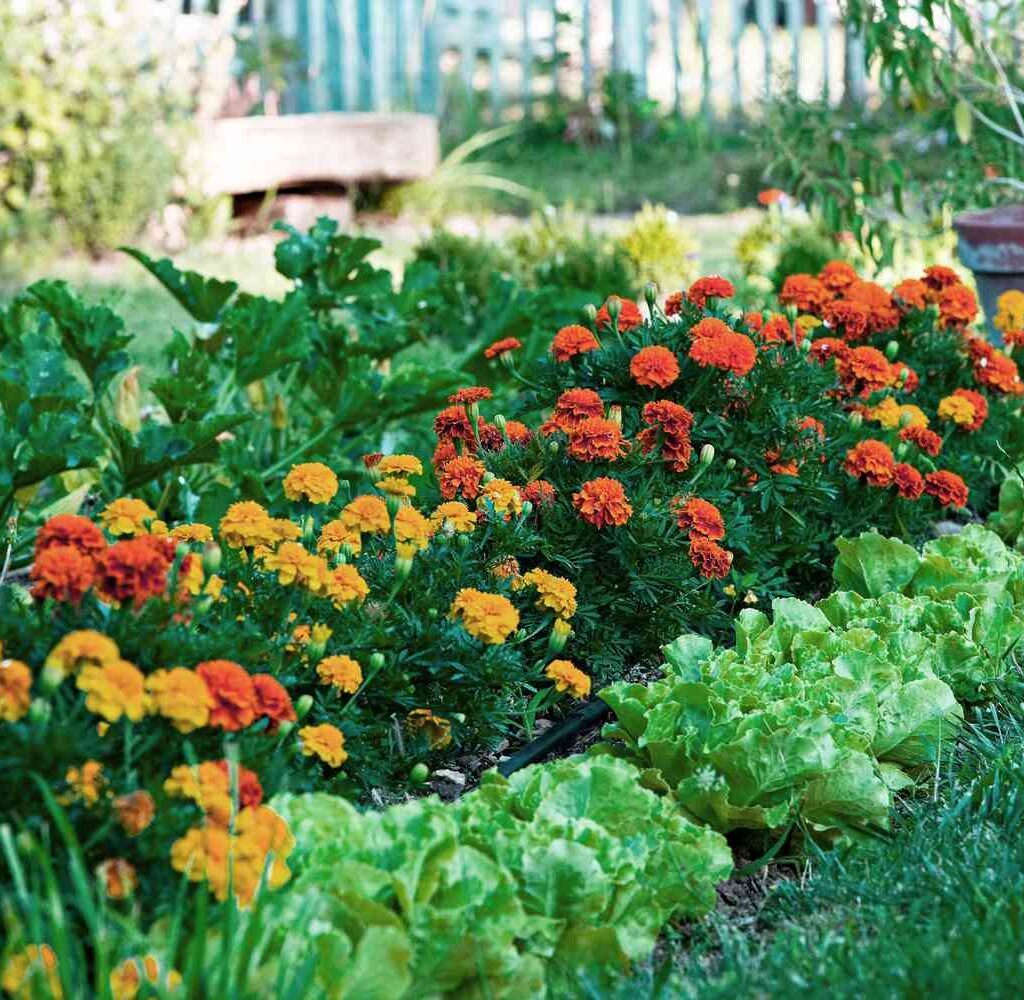
5. Use White as a Neutral Anchor
Never underestimate the power of white in a flower garden. White flowers act as a neutral break between bright, competing colors and can soften intense schemes.
Why it works:
- Brightens shady areas.
- Calms bold color pairings.
- Offers a clean, fresh backdrop.
Consider adding white roses, daisies, petunias, or alyssum to balance your design.
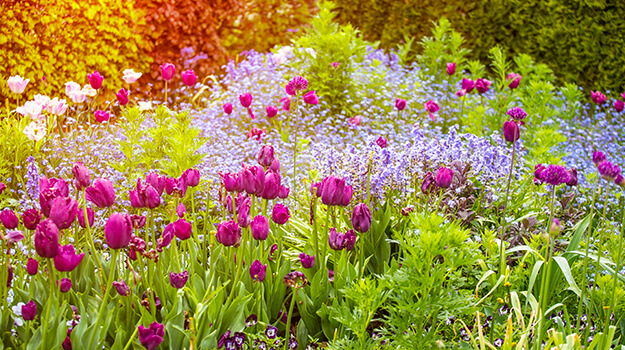
6. Vary Flower Shapes and Sizes
Color isn’t the only visual element in your garden — flower shape and size also play important roles. Mixing spiky flowers (like salvia), round blooms (like peonies), and airy textures (like baby’s breath) creates visual interest and prevents your color scheme from feeling flat.
Pro Tip: Group plants in odd numbers (three, five, seven) for a natural, unforced look.
7. Be Mindful of Background Colors
Your garden doesn’t exist in a vacuum. Fences, walls, garden furniture, and even the color of your home can affect how your flower colors appear.
Examples:
- Dark backgrounds (like deep green hedges or navy walls) make bright flowers pop.
- Light or white backgrounds enhance pastel or cool-toned blooms.
- Natural wooden fences pair beautifully with earth tones like yellows, oranges, and rich reds.
Always consider how the surrounding elements will interact with your chosen color scheme.
8. Experiment with Monochromatic Schemes
If you prefer simplicity with elegance, a monochromatic garden can be stunning. This involves using various shades and tints of a single color.
Ideas:
- A purple garden featuring lavender, allium, salvia, and petunias.
- A yellow-toned bed with coreopsis, marigolds, sunflowers, and yarrow.
Layer different heights and textures within your chosen hue to keep it visually engaging.
9. Test Colors in Different Lighting
Colors can appear dramatically different depending on the light conditions. A flower that looks vibrant in morning sun might seem dull in evening shade.
Quick Tips:
- Check plant colors in your garden space at different times of the day.
- Remember that cool colors tend to fade in low light, while warm tones stay vivid.
- Take photos at various times to review how your color combinations hold up.
This step ensures your color palette shines just as you imagined.
10. Trust Your Personal Style
While color theory offers valuable guidelines, the best gardens reflect personal taste. Don’t be afraid to break the rules and experiment.
Love bold clashes of orange and pink? Plant them side by side.
Obsessed with moody, dark flower palettes? Build your garden around deep purples, blacks, and burgundies.
Your garden should feel like an extension of your personality, a place where you feel inspired, calm, and happy.
Final Thoughts
A thoughtfully mixed color palette can completely transform your flower garden, adding beauty, mood, and year-round appeal. From understanding the color wheel to experimenting with your personal style, these ten tips will guide you toward a more visually stunning and personally meaningful outdoor space.
Whether you opt for classic complementary pairings, serene monochromes, or wild color explosions, the secret is to plan ahead, mix thoughtfully, and let nature’s palette inspire you.
So grab your gardening gloves, pick up a few seed packs, and start painting your floral masterpiece today!





